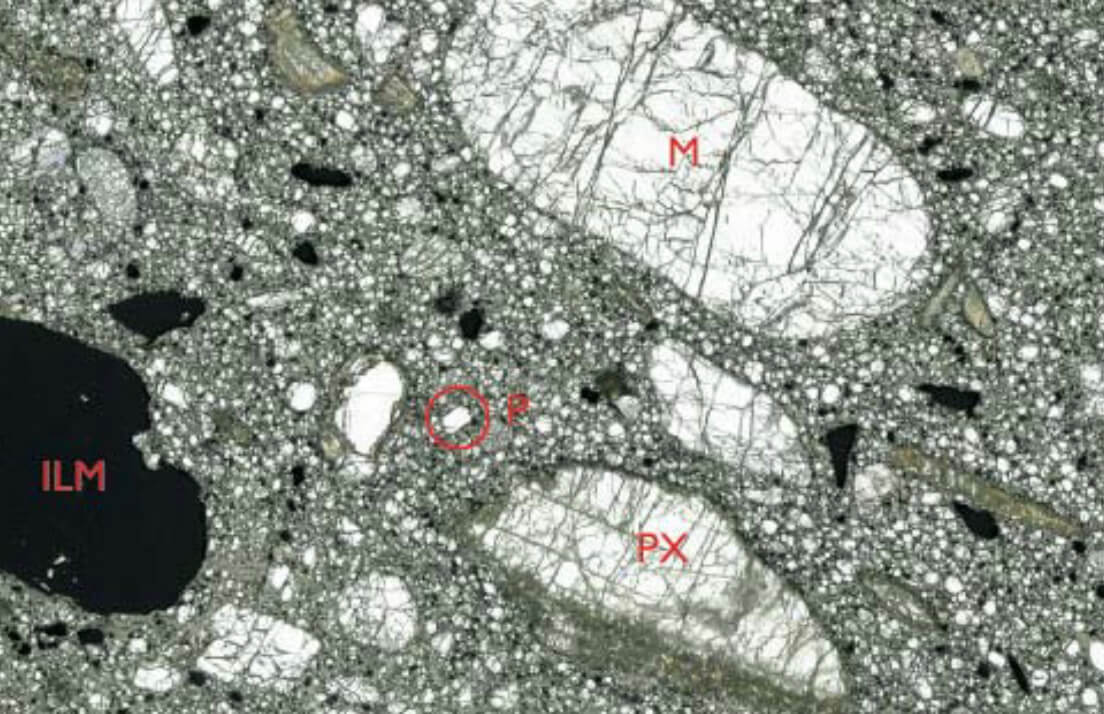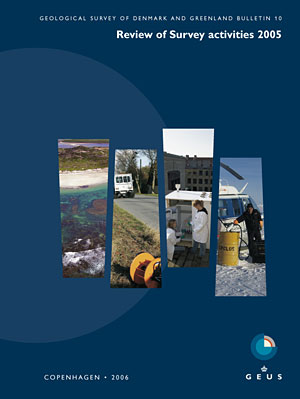
How to Cite
Share
Abstract
Ultramafic dyke rocks with kimberlitic megacrysts and mantle nodules have been known for decades from the northern part of the Archaean block and adjacent Proterozoic terranes in southern West Greenland (Fig. 1; Escher & Watterson 1973; Goff 1973; Scott 1981; Larsen & Rex 1992; Mitchell et al. 1999). Some of the dykes have proved to be diamondiferous (see Jensen et al. 2004a, b, for exploration results, diamond contents, and references). The c. 600 Ma old dykes werecalled ‘kimberlitic’ by Larsen & Rex (1992), but Mitchell et al. (1999) concluded that they were best referred to a ‘carbonatiteultramafic lamprophyre’ suite (aillikites or melnoites). Mitchell et al. (1999) further suggested that the West Greenland province represents “one of the few bona fide examples of ultramafic lamprophyre which contain diamonds”. Reports on indicator mineral assemblages (Jensen et al. 2004b) and diamond contents (e.g. Hudson Resources Inc. 2005) have re-opened the discussion on the classification of the dykes. The results of an investigation of the Majuagaa dyke (Nielsen & Jensen 2005) are summarised below, together with the preliminary results of a regional investigation of the groundmass minerals of the dykes. It is concluded that dykes in the Maniitsoq region are similar to archetypal, South African, on-craton, Type 1 kimberlites, and that all regions of the West Greenland province of ultramafic magmatism are favourable for diamond exploration.
How to Cite
Share
Downloads
Editors: Martin Sønderholm & A.K. Higgins
The Review of Survey activities presents a selection of 15 papers reflecting the wide spectrum of activities of the Geological Survey of Denmark and Greenland, from the microscopic to the plate tectonic level.
Activities in Denmark: The Survey's field of activities in Denmark is illustrated by four papers on [...]










